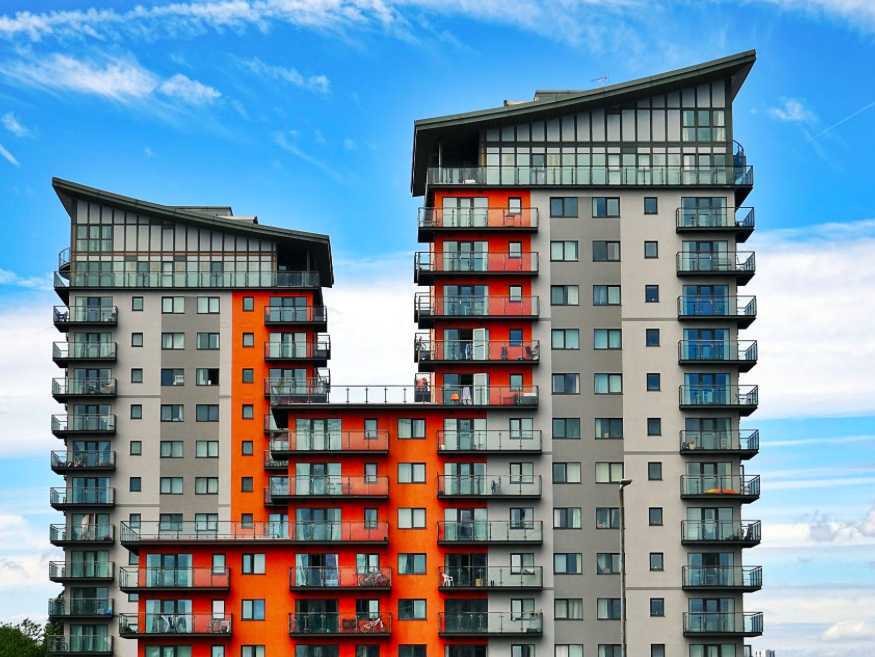If you are not familiar with purchasing commercial property, such as retail centers, office buildings, and multi-family buildings, then you probably aren’t sure how professionals place a value on these properties. With a single-family home, you simply look at what other homes that are similar in the neighborhood have recently sold for. Not so with commercial, income-producing property. With these types of properties, you have to use “The Income Approach.”
When an appraiser values a commercial, income-producing property, they will first request the income statements and a rent roll for the property. The rent role is simply a list of the tenants of the building, the amount of rent they are paying, their lease expiration date, and other basic information. From these documents, the appraiser determines the “Net Operating Income”, or “NOI” for the property.
The next step for an appraiser is to see what percentage return that similar buildings in the area are returning their land lords. This percentage return is called the area’s “Capitalization Rate”, or “CAP Rate” for short. For instance, if most buildings in the area are returning 6%, then the appraiser assumes a 6% CAP Rate for that property.
With this data in mind, the appraiser divides the property’s NOI by the CAP Rate to determine the value of the property. For instance, if the NOI of a building was $100,000 per year with a 5% CAP Rate being assumed, then the building would be worth $2 million ($100,000 / .05).
Commercial property valuation can be quite intimidating, but if you simply know a few variables, you can come up with a value for pretty much any commercial property.

